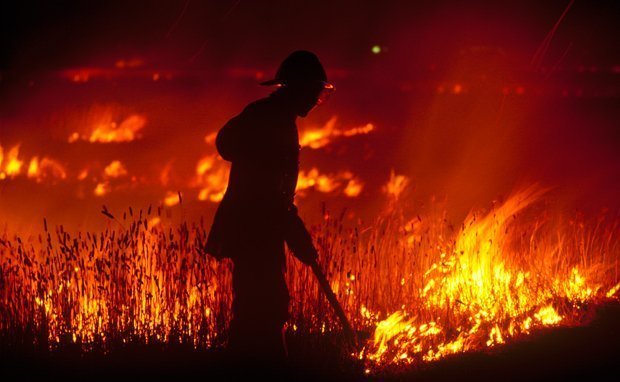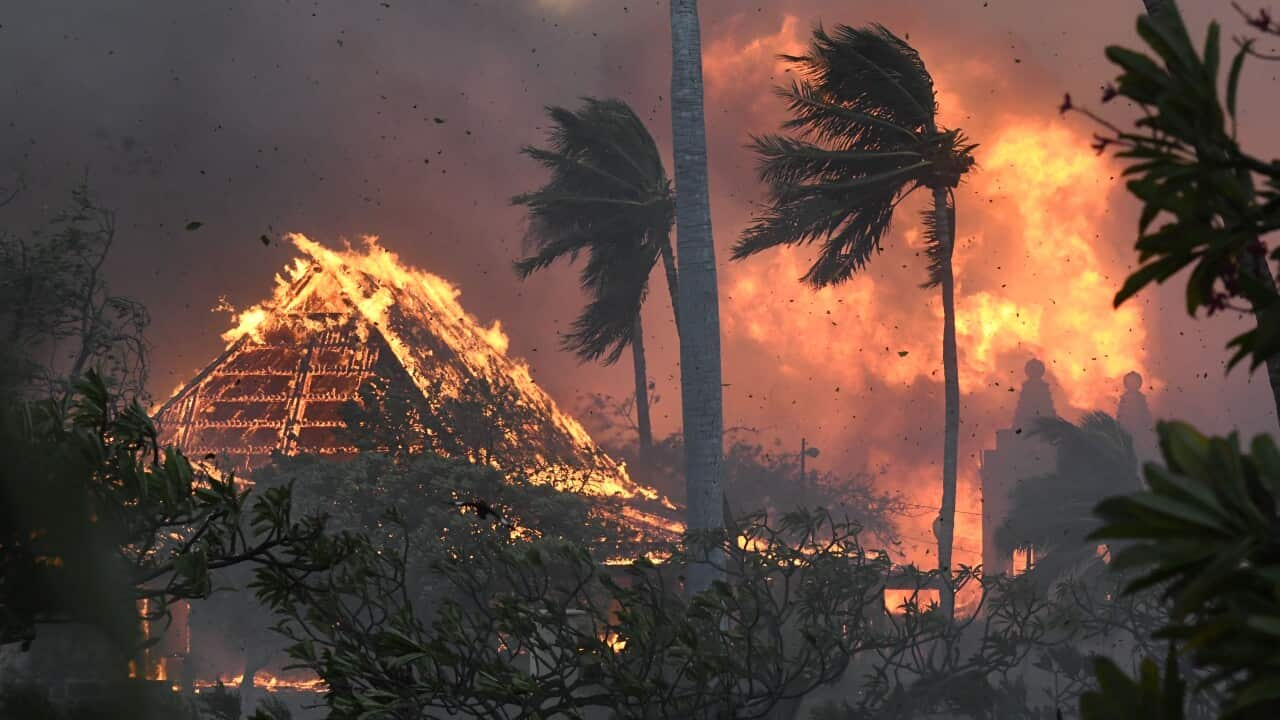Grasping Bushfire Preparedness: The Function of a BAL Assessment in Risk Mitigation
Grasping Bushfire Preparedness: The Function of a BAL Assessment in Risk Mitigation
Blog Article
Professional Guidance on Bushfire Management for Enhanced Fire Defense
In the realm of bushfire management, the value of expert recommendations can not be overstated. With the increasing regularity and intensity of wildfires, it is crucial to seek guidance from those well-versed in the ins and outs of fire behavior and mitigation approaches. From comprehending the subtleties of bushfire behavior to applying useful actions such as firebreaks and defensible spaces, there exists a riches of knowledge that can significantly improve fire defense efforts. Nevertheless, the key lies not just in the private parts of fire management however additionally in their cohesive combination into a comprehensive method. By diving right into the knowledge used in the adhering to discussion, a more clear course towards reinforced fire security can be lit up.
Recognizing Bushfire Actions
To effectively alleviate the influence and take care of of bushfires, it is vital to have a detailed understanding of bushfire habits. Bushfires are complex natural sensations affected by different aspects such as weather condition conditions, topography, fuel load, and human activities. Understanding how these elements connect is crucial in forecasting the actions of a bushfire, enabling far better preparation and reaction techniques.
One trick element of bushfire actions is fire spread. By examining previous fire events and assessing fire patterns, experts can expect how a bushfire may proceed under particular problems.
Furthermore, comprehending coal attack, identifying, and fire whirls is crucial in comprehending the complete level of bushfire actions. Ashes can take a trip long ranges in advance of the fire front, firing up place fires and positioning a substantial threat to residential or commercial properties. Fire tries, on the various other hand, can produce erratic fire habits, making the fire administration procedure even much more difficult. By delving into these details of bushfire actions, authorities can enhance their preparedness and reaction abilities, inevitably decreasing the effect of these devastating occasions.
Carrying Out Firebreaks and Defensible Rooms
Comprehending bushfire actions is fundamental for efficiently executing firebreaks and creating defensible areas to enhance fire defense. Firebreaks are strategically positioned gaps in greenery or various other flammable materials that serve as barriers to stop the development or slow down of a bushfire. These can be all-natural functions like rivers or roadways, or synthetic clearings. Maintaining these firebreaks through regular clearing up of debris and vegetation is important to guarantee their performance throughout a bushfire event.

Correctly carrying out firebreaks and defensible spaces needs meticulous preparation, routine upkeep, and neighborhood collaboration to make sure the highest degree of fire protection for residential or commercial properties and lives in bushfire-prone locations.
Making Use Of Very Early Warning Solutions
Releasing advanced early warning systems is crucial for prompt detection and notifying of possible bushfire dangers. By utilizing sophisticated technologies such as satellite monitoring, weather sensors, and thermal imaging, authorities can efficiently find and keep track of fire-prone areas ignition sources at the earliest phases. These systems can provide real-time information on fire strength, instructions, and actions, permitting punctual decision-making and fast implementation of firefighting sources to the affected locations.
Very early warning systems also play an essential duty in alerting residents and communities regarding original site putting in jeopardy bushfire risks. Via automated sirens, message informs, call, and social media sites notices, individuals can be rapidly notified concerning evacuation orders, risk-free sanctuary places, and emergency situation treatments. This positive approach not only saves lives yet also minimizes property damages by making certain that individuals have sufficient time to leave and safeguard their homes.
Developing Discharge Plans
Effective discharge strategies are necessary for guaranteeing the safety and security of homeowners in bushfire-prone areas. Developing well-thought-out discharge approaches is critical in alleviating the dangers presented by bushfires and guarding human life. These strategies need to be extensive, taking right into account different factors such as the topography of the location, the density of greenery, and the most likely rate and direction of the fire's spread.
When creating evacuation strategies, it is necessary to develop clear evacuation routes and assembly factors where homeowners can collect safely. These routes need to be on a regular basis maintained to guarantee access during emergency situations. In addition, communication techniques should remain in location to sharp homeowners of impending risk and provide clear instructions on emptying treatments.
Partnership in between local authorities, emergency services, and area members is important in creating efficient evacuation strategies. Normal drills and exercises should be conducted to familiarize locals with the procedures and make sure a swift and arranged discharge when a bushfire intimidates the area. By prioritizing the growth of robust emptying strategies, neighborhoods can boost their strength to bushfire emergencies and lower the prospective influence on homes and lives

Involving in Community Readiness
In the world of bushfire monitoring, promoting area readiness plays an essential function in strengthening the durability of citizens staying in high-risk areas. Taking part in neighborhood preparedness involves educating residents on bushfire dangers, promoting fire safety and security techniques, and developing emergency situation strategies collectively. By actively entailing the neighborhood in preparedness efforts, people come to be much more educated and empowered to take positive actions to guard their lives and buildings during bushfire events.
Neighborhood preparedness initiatives often include carrying out fire drills, developing interaction networks, and organizing training sessions ablaze suppression techniques. Motivating cooperation among neighbors to produce a cohesive support system can considerably improve the general readiness degree of an area. When residents are educated and geared up to react efficiently to bushfires, the probability of decreasing damages and guaranteeing safety and security rises look at this website considerably.
Verdict
Finally, efficient bushfire management calls for a thorough understanding of fire behavior, the application of firebreaks and defensible spaces, the utilization of very early warning systems, the development of evacuation plans, and neighborhood engagement in readiness efforts. By integrating these approaches, communities can boost their fire protection procedures and click over here now lower the influence of bushfires on both residential property and lives. BAL Report. It is important for all stakeholders to work together to develop a more secure setting despite this all-natural catastrophe
To properly alleviate the influence and manage of bushfires, it is necessary to have a thorough understanding of bushfire behavior. By examining past fire incidents and evaluating fire patterns, experts can prepare for how a bushfire could advance under details conditions.Understanding bushfire habits is fundamental for successfully executing firebreaks and producing defensible rooms to improve fire defense. Involving in neighborhood preparedness involves informing locals on bushfire threats, advertising fire safety and security methods, and establishing emergency situation strategies jointly.In verdict, efficient bushfire administration needs a thorough understanding of fire behavior, the application of firebreaks and defensible areas, the use of early caution systems, the development of discharge strategies, and area engagement in preparedness initiatives.
Report this page